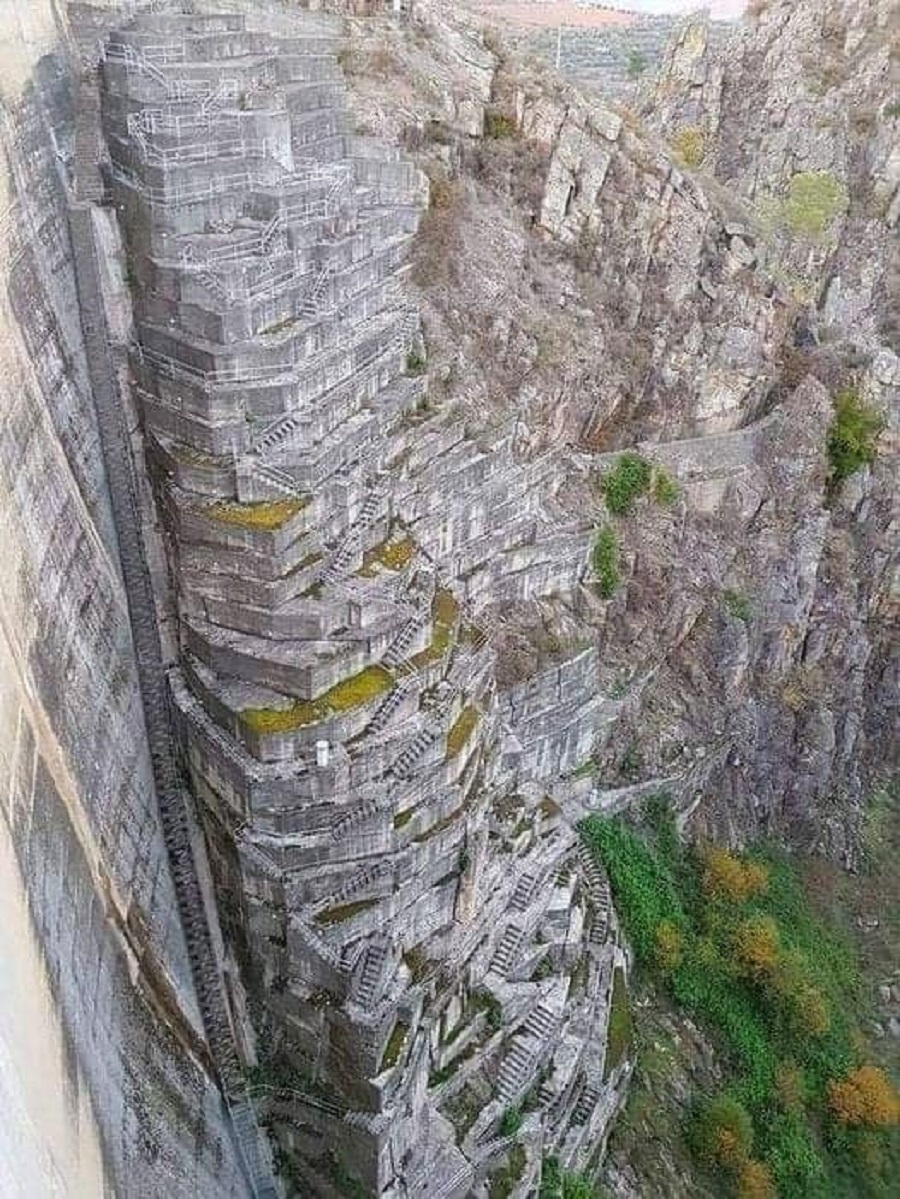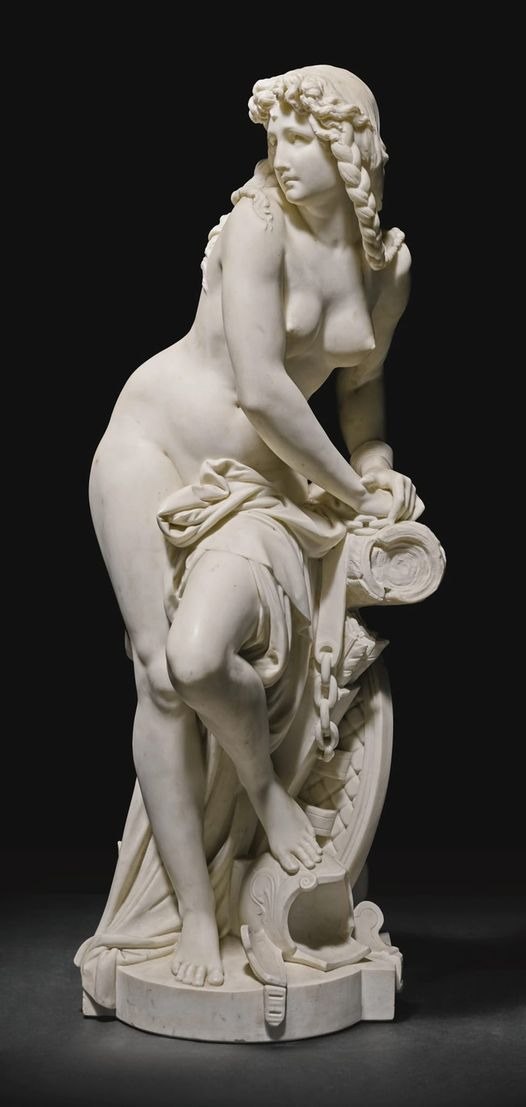Nestled amidst the rugged beauty of the Faroe Islands stands a towering tribute to a legendary figure of folklore—the Kópakonan, or Seal Woman. Rising nine feet tall on the island of Kalsoy, this majestic statue captures the imagination and beckons travelers to delve into the rich tapestry of Faroese mythology. Join me as we embark on a journey to uncover the secrets of the Kópakonan, exploring the ancient tales and traditions that have shaped the cultural landscape of these remote islands.
Embracing the Legend: The Myth of the Seal Woman
Deeply ingrained in Faroese folklore are tales of the Seal Woman, or selkies, mythical creatures said to inhabit the seas surrounding the islands. According to legend, these enigmatic beings were once human, but chose to forsake their terrestrial lives for the depths of the ocean, where they transformed into seals. The Kópakonan, a central figure in these stories, is said to embody the beauty and mystery of the seal women, her likeness immortalized in the towering statue on Kalsoy. As we immerse ourselves in the legend of the Seal Woman, we are drawn into a world of magic and wonder, where the boundaries between land and sea blur and ancient traditions come to life.

The Kópakonan Statue: A Symbol of Cultural Heritage
Standing sentinel on the shores of Kalsoy, the nine-foot-tall Kópakonan statue serves as a poignant reminder of the Faroese people's deep connection to their folklore and heritage. Carved from stone and brought to life by skilled hands, the statue pays homage to the timeless tales of the Seal Woman that have been passed down through generations. With her graceful form and serene expression, the Kópakonan invites us to contemplate the mysteries of the sea and the enduring power of myth in shaping our understanding of the world.

Twelfth Night: Blending Tradition and Myth
One of the most intriguing aspects of the Seal Woman legend is the tradition surrounding Twelfth Night, a holiday marked by celebrations and revelry in many cultures. According to Faroese folklore, Twelfth Night holds special significance for the Seal Women, as it is believed that they have the power to transform back into human form for a single night each year. This blended tradition, combining elements of myth and ritual, adds depth and resonance to the legend of the Kópakonan, highlighting the enduring allure of Faroese folklore in contemporary society.
Conclusion:
As we reflect on the myth of the Kópakonan and the legacy of the Seal Women in Faroese culture, we are reminded of the timeless power of storytelling to capture the imagination and evoke a sense of wonder. The towering statue on Kalsoy stands as a testament to the enduring fascination with these mythical beings, inviting us to delve into the depths of Faroese folklore and explore the mysteries of the sea. In embracing the legend of the Kópakonan, we honor the rich cultural heritage of the Faroe Islands and pay tribute to the enduring legacy of the Seal Women.
Archaeological Significance:
While the legend of the Kópakonan may not be directly related to archaeology in the traditional sense, its preservation and study offer valuable insights into the cultural history of the Faroe Islands. Through careful examination of folklore, mythology, and artistic representations such as the Kópakonan statue, archaeologists can gain a deeper understanding of the beliefs, traditions, and social dynamics of past societies. By preserving and interpreting these cultural artifacts, we ensure that the stories of the Seal Women and other mythical beings continue to enrich our understanding of the human experience across time and place.










